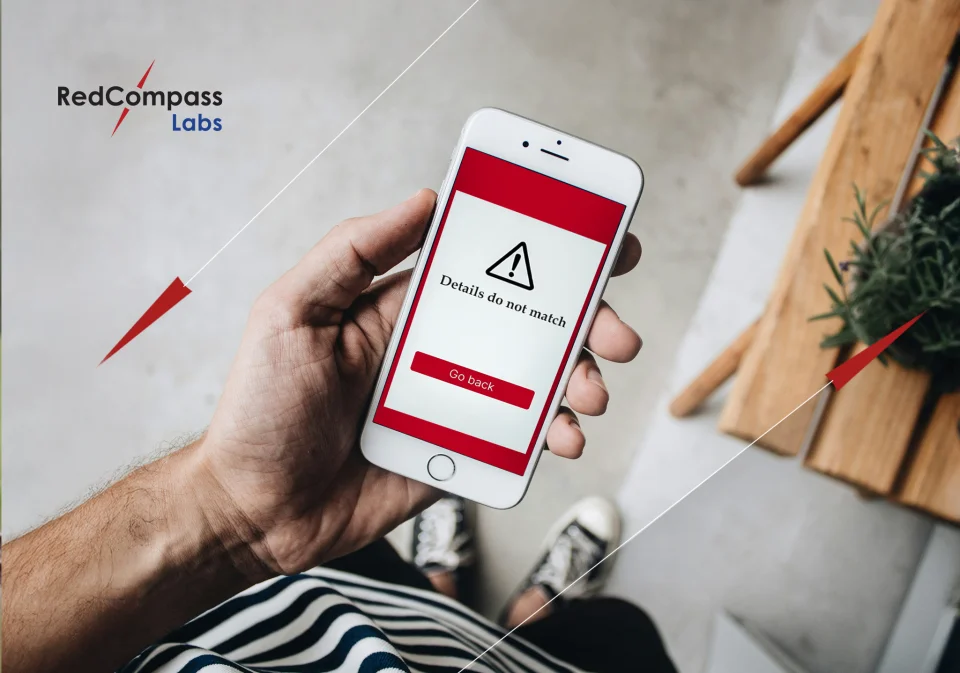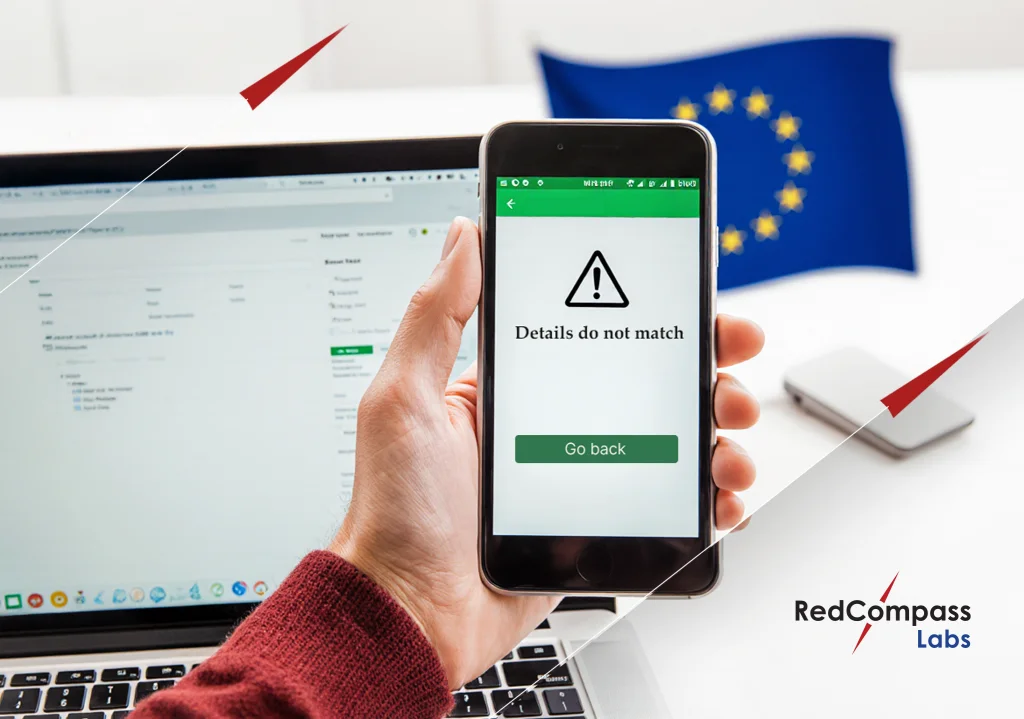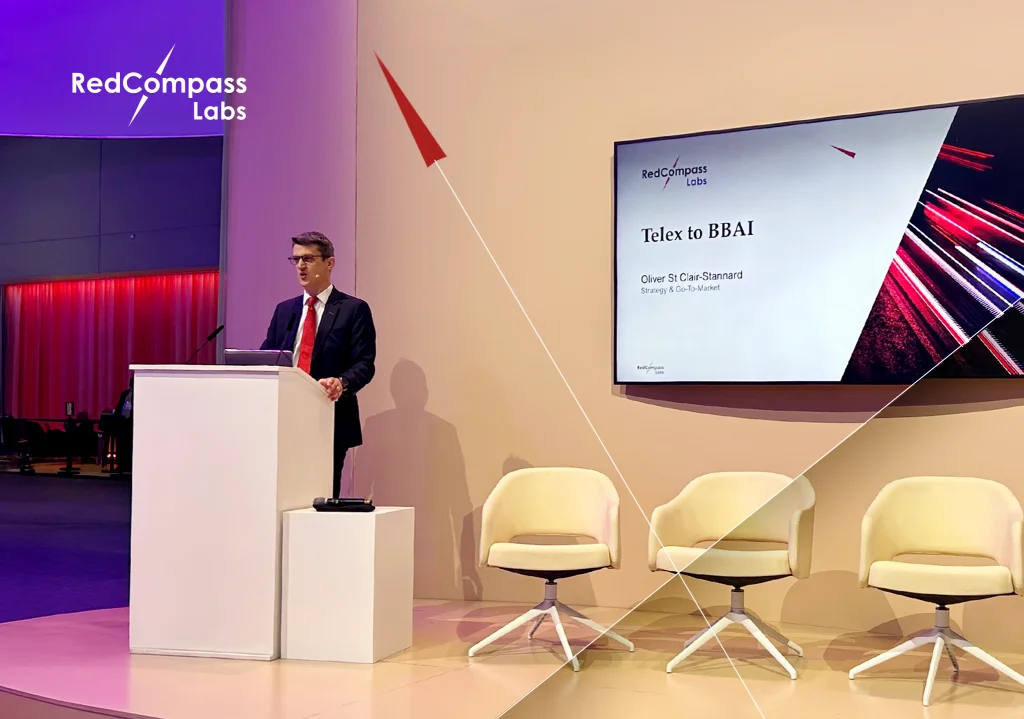Instant payments – also known as real-time payments in the U.S. – are transactions that happen in real-time. They allow people to send money to each other (person-to-person (P2P) payments) and to businesses (person-to-business (P2B) payments), and for those businesses to send money to other businesses (business-to-business (B2B) payments) and people (business-to-person (B2P) payments). And all this, in an instant.
A process that used to take days can now happen in seconds. Instant payments are processed round the clock, securely, often at no cost to the end-user. The instant payments market was worth $97 billion USD in 2023. It is forecasted to reach $376 billion USD by 2030 – a growth rate of 289%.
In this guide, we explain everything you need to know to get to grips with instant payments. You’ll learn:
- What is an instant payment?
- Does cash count as an instant payment?
- When were instant payments introduced?
- What are the biggest instant payment schemes around the world?
- What are the benefits of instant payments?
- What about instant payment fraud?
What is an instant payment?
When we say ‘instant payments’, we refer to the real-time (or near real-time) settlement of digital and electronic transactions. Exactly how long an instant payment takes will depend on which bank you use and where you are in the world. In the EU and Brazil, for example, an instant payment may take up to ten seconds, but in India, it could take up to 30 seconds, and up to two hours in the UK.
Instant payment schemes share the following key features:
Real-time settlement – Funds are settled instantly, or as close to it as possible. This contrasts with Automated Clearing Houses (ACH) (like BACS in the UK) which can, at times, take days to complete a transaction, though NACHA estimates that 80% of ACH payments are settled in one banking day or less.
24/7 availability – Instant payments are available around the clock, 24 hours a day, 365 days a year. The days of waiting for your bank to open to make a transaction are over.
Accessibility – Anyone with digital banking, the internet, and access to a device can make an instant payment. They are revolutionizing commerce in traditionally cash-based economies like India and Brazil.
Immediate confirmation – Users get immediate confirmation on the status of their payment. Whether it’s accepted or not, instant payment systems send a notification to the payee within the allocated time frame (10 seconds in the EU).
Wide range of use cases – Because of all the above, instant payments have a wide range of applications. From paying your friends to tipping a busker, and booking flights to receiving an insurance payout, instant payments enable P2P, P2B, B2B, and B2P transactions.
Are they always free, or do instant payments cost the end user?
Instant payments are often free but they could be charged as a premium product. As we’ve learned in Europe, however, fierce competition between banks for instant payments will drive those revenues to zero. You’ll likely find yourself in a price war and before long, you’ll be offering instant payments for free. That said, some banks do charge a fee.
Does cash count as an instant payment?
Cash, though immediate in the sense that funds can be transferred from person to person on the spot, is not considered an instant payment. If the payee or payer is not physically present, cash needs to be transported. Some cash transactions lack immediate record keeping, settlement and accessibility, so the overall payment process and logistics are not instant, and therefore can’t be considered an instant payment.
Are debit card payments instant payments?
Debit card payments share many characteristics with instant payments, but they’re not cleared immediately. Refunds, for example, can take days to process as can payments abroad.
When did instant payments start?
Since commerce began, we have sought better ways to transact. From shells to coins, cash and cheques to credit cards, the technology of the day has always played a vital role in how we pay.
Building on the wire transfers of the 19th Century, the first whiff of instant payment systems emerged as Automated Clearing House (ACH) systems in the second half of 1900s. Japan’s “Zengin system”, BACS in the UK, and the Swiss Interbank Clearing began to facilitate the settlement of transactions between financial institutions – though funds were not settled in real-time. SWIFT, introduced in 1973, began to facilitate international communication and cooperation between banks, and Real-time Gross Settlement Systems (like CHAPS in the UK and Fedwire in the US) began to offer the real-time settlement of funds for high-value, time-sensitive transactions. These are the precursors to the instant payment schemes of today.
Instant payment systems, as we know them (that is, real-time settlement, available 24/7, accessible, with immediate confirmation and a wide range of use cases), began in the early 2000s. Korea introduced HOFINET in 2001. Since then, a new instant payment scheme has emerged somewhere around the world every couple of years.
At the time of writing, there are 79 instant payment systems around the world. The three main schemes are SEPA Inst in the EU, Faster Payments in the UK, and Real-time Payments in the US. Countries in the Middle East are expected to get involved soon, too.
What are the biggest instant payment systems around the world?
If you’ve sent money between accounts in the UK, the chances are you’ve used the Faster Payments service. But if you did it in Europe it was likely the SEPA Inst scheme. And in the US, it might’ve been Real-time Payments or FedNow.
These are three main instant payments systems around the world. But what’s the difference between them? And what about other regions?
Faster Payments Service (FPS) – United Kingdom:
Launched in 2008, the Faster Payments Service (FPS) enables individuals and businesses to make instant payments, 24/7, including weekends and holidays. FPS has been widely adopted and is used for various transactions, such as peer-to-peer transfers, bill payments, and online purchases.
The scheme has seen a rise in push-payments fraud since it was introduced. Instant payments cannot be recalled, so fraudsters have used FPS to take advantage of consumers and get away with their hard-earned money. So much so, that a Confirmation of Payee (CoP)scheme has been introduced to verify the identification of payee and payer in any given transaction.
SEPA Instant Credit Transfer (SCT Inst) – Europe:
The Single Euro Payments Area (SEPA) Instant Credit Transfer (SCT Inst) scheme was introduced to enable instant euro-denominated payments across participating European countries. Launched in 2017, SCT Inst allows individuals and businesses to make real-time or near-real-time payments, enhancing cross-border transactions within the SEPA region. The EU plans to make all EU banks able to send and receive instant payments before the end of 2025. Learning from the UK’s experience, banks must also include a CoP service in their instant payments offering to combat fraud.
The EU also has RT1 and TIPS, and more recently introduced the One-leg Out Instant Credit Transfer (OCT Inst) scheme, which enables instant payments outside the SEPA region.
The Clearing House RTP (Real-Time Payments) System – US
The Clearing House, a private-sector organization, launched the RTP (Real-Time Payments) system in 2017. RTP is an advanced real-time payments platform that allows financial institutions to provide their customers with the ability to send and receive real-time payments 24/7. While not universally adopted by all banks, the RTP system represents a significant step toward faster payments in the U.S.
More recently, the US government’s Federal Reserve has introduced FedNow – a real-time payments service for 24/7 instant settlement of transactions.
FedNow – US
FedNow is a real-time payment service introduced by the Federal Reserve System of the United States. It is designed to facilitate instant payments, providing consumers and businesses with the ability to send and receive money in real-time, 24 hours a day, 7 days a week, 365 days a year. FedNow aims to modernize the U.S. payment system, offering a faster and more efficient alternative to traditional payment methods like checks and Automated Clearing House (ACH) transfers. The service is expected to enhance the speed, efficiency, and accessibility of payments, benefiting individuals, businesses, and the overall economy.
Unified Payments Interface (UPI) – India
United Payments Interface (UPI) is an instant payment system developed by the National Payments Corporation of India, which facilitates person-to-person (P2P) and person-to-business (P2B) transactions. Anyone with a smartphone, an active bank account, and internet access can send money for free, in the blink of an eye. In fact, you can transact faster than the time you spend logging into your banking application.
UPI launched in October 2016 and clocked one million transactions that month. The scheme crossed an eye-watering 11 billion transactions worth 261 billion US dollars in October 2023, just seven years later.
UPI is a QR code-based payment. It doesn’t matter who provides the QR code or UPI service, users can send and receive money using any UPI app. Its ability to function across multiple payment schemes makes it a powerful enabler for a global interoperable payments system.
Pix – Brazil
Pix is the Central Bank of Brazil’s answer to instant payments. Like other instant payment platforms, Pix facilitates speedy transactions for consumers, businesses and government bodies across the country. It is the fastest growing instant payments scheme in the world.
Announced in the summer of 2019 and launched just over a year later, Pix has been used by 140 million people. That’s four out of five Brazilians; 80 percent of the population. 13 million firms have also got involved.
Pix enables person-to-person, person-to-business, business-to-business, business-to-person, and business-to-government transactions. All the payer needs is the receiver’s Pix alias – the nickname used to identify the payee’s transactional account – and a QR code.
For you and I, the nickname could be your phone number, email, home address or some other personally identifiable information. For businesses, the company registration number is used.
This list is not exhaustive – there are many other instant payment systems around the world and others that are being introduced.
Canada’s Real-time Rail (RTR), for example, will be an open-access system that allows for the settlement of real-time transactions between financial institutions. Announced in 2016 (though yet to go live) RTR will allow businesses, consumers and organizations to transfer money instantly. The scheme is expected to roll out in the next few years, though Payments Canada has not given an exact date. Much like other instant payment schemes around the world, RTR instant payments will not be recalled.
What are the benefits of instant payments?
Instant payments offer benefits to individuals, businesses and governments. But who benefits depends on the type of instant payment transaction.
Let’s say you’re at a restaurant, out for dinner with some friends. You’ve had a beautiful meal and the time has come to pay. The bill arrives and to make life easier for the waiter, one of your friends offers to settle on their card. The rest of you agree to send your portion of the bill directly to your friend’s account. You open your banking application, move funds from your savings account to your current account, and then send your friend the money. It’s transferred instantly. Your friend pays for the bill in full and adds a tip for the restaurant staff.
Instead of waiting days or weeks, the restaurant is also paid on the spot. The restaurant pays their butcher, fishmonger and veg supplier the next day, and they’re all paid instantly, too. Each business uses the money to pay their staff immediately, and the staff go out and spend their money at other businesses.
There are no merchant fees or hidden costs. That means on top of a slick customer experience, businesses get more autonomy, money and better cash flow, which are all passed on as benefits to the customer.
Instant payments offer many benefits for cross-border payments, too. Realtime payments are free and instant, which means making instant payments around the world is easy. For countries like India, which paid more in cross-border remittances than China and Europe combined in 2023, instant payments can significantly boost the financial wellbeing of millions.
Instant payments are transmitted using a global messaging standard, which makes them easy to understand for back-offices. There are penalties for businesses who do not comply, which ensures a consistent and coherent means of communication for instant payment transfers.
What about instant payment fraud?
As a bank, you need to ensure you have high-performing fraud detection capabilities when you are taking an instant payment offering to market. Markets that introduce instant payments unfortunately often see a spike in digital payment fraud.
Speed is both the greatest strength and weakness of instant payments. Transactions are settled in real-time, which means you cannot recall an instant payment. That makes it an incredibly useful tool for fraudsters.
To combat this, Confirmation of Payee (CoP) will soon be a mandatory service banks must provide in the EU. CoP is an identification service that checks if both sides of a transaction – the payee and payer – are who they say they are. It was introduced by the UK to fight the rise in instant payment fraud and has emerged as a powerful weapon in the regulator’s armory.
Want to learn more about instant payments?
For a deeper dive into instant payments, speak to one of our experts today.
Share this post
Written by

RedCompass Labs
Resources






